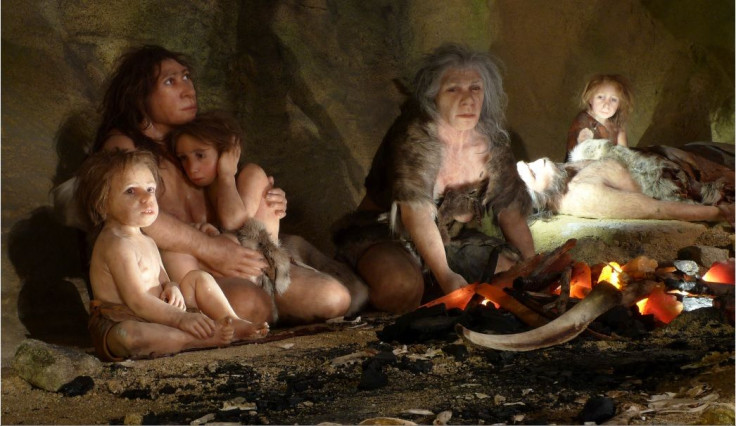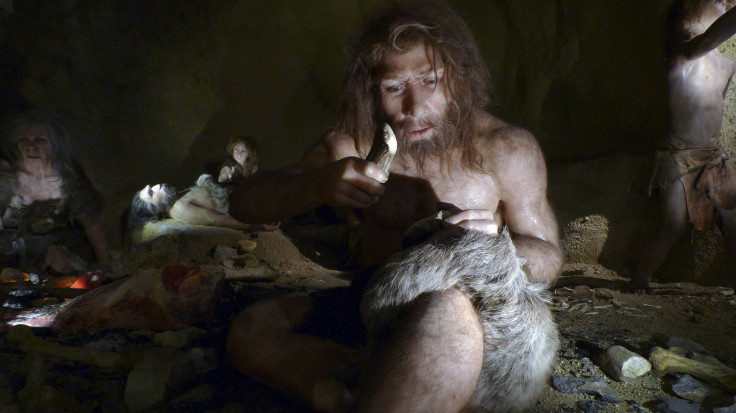Neanderthals In Europe Became Extinct Thousands of Years Sooner Than Some Thought: Study

Scientists generally agree that Neanderthals lived in Europe and Asia about 200,000 years ago. But when did they die out? That's a tougher question. Now it seems that the answer is earlier than previously thought -- and by 10,000 years, the New York Times wrote Wednesday.
The new discovery has been cited by various news sites and was published in the journal Nature. It refutes the belief that Neanderthals lived in Portugal, Spain and Gibraltar until 30,000 years ago, even as groups of modern humans expanded.
Neanderthals in Europe died out 40,000 years ago, which means the heavy-browed relatives and modern humans lived in Europe simultaneously for 5,000 years, a new study of Neanderthal sites from Spain to Russia revealed. They might have even shared ideas and culture, the BBC noted.

“This is a very strong compilation,” Professor Chris Stringer of the Natural History Museum in London said, according to the New York Times. “I think it kind of replaces the picture we had before.”
Modern humans migrated from Africa at least 600,000 years ago and crossed paths with the Neanderthals. DNA proof shows Neanderthals and humans not only encountered each other, but interbred about 50,000 to 60,000 years ago in western Asia.
“You’ve kind of got two parts of the story,” Dr. Stringer said. “There must have been a western Asia coexistence, which included interbreeding. Then there was a later coexistence in Europe, for which we have no evidence of interbreeding but possible evidence of some cultural contact between the groups.”
Modern humans might have played a role in the extinction of their ancestors. The big-brained and thick-boned hunters might have felt competitive pressure from early Europeans, who hunted many of the same prey species, research shows. "They were hunting the same animals, collecting the same plants and wanting to live in the best caves. So there would have been an economic competition," Stringer added, according to the BBC.
"But it was not an instantaneous extinction," he continued. "They were not hunted down and killed by modern humans or wiped out by diseases they might have brought with them from Africa. It was a more gradual process."
Neanderthals underwent a population decease around 50,000 years ago that left some of them in isolated groups, which is just around the time early modern humans arrived.
"In ecology when you see a species that is isolated and losing genetic diversity, you are seeing one that is often on the way out," Tom Higham of the United Kingdom's University of Oxford explained, according to National Geographic. "I think most of my colleagues would agree that having modern humans around played some role in the disappearance of the Neanderthals."
Neanderthals might have lived longer in Russia and Siberia, Dr. Higham believes, and he wants to expand his research there. The conclusions, however, are uncertain since the research sites do not contain bones of the actual inhabitants and researchers aren’t sure if Neanderthals or modern humans made the tools that were discovered.
“This gives us a framework, basically, which allows us to ask more interesting questions,” Nature commentator William Davies said, according to the Times. “About what the tools might mean, how they were used, what they tell us about Neanderthal interactions.”
Follow me on Twitter @mariamzzarella
© Copyright IBTimes 2025. All rights reserved.






















